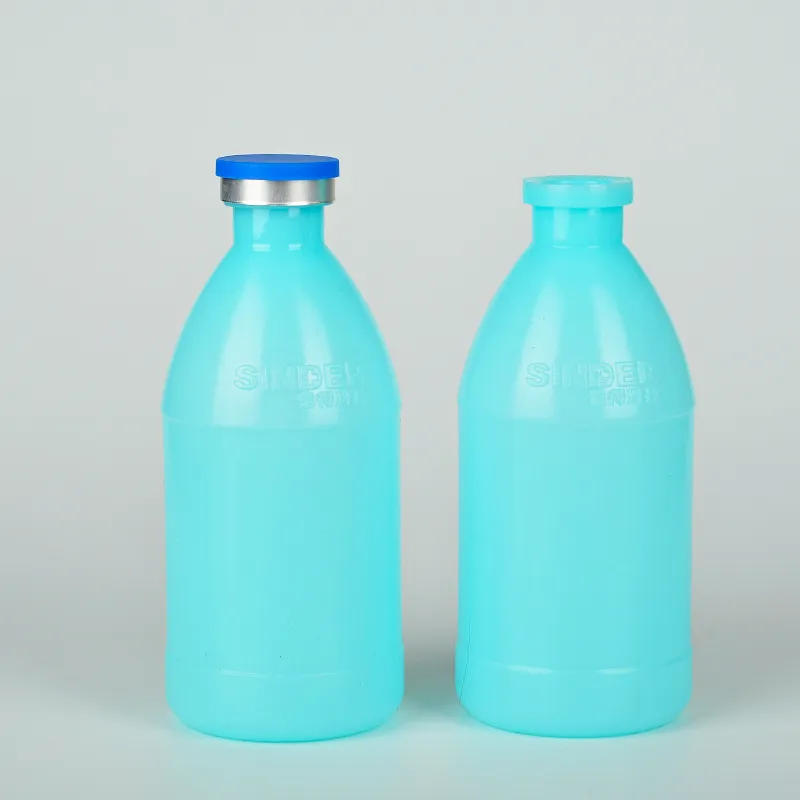colours of blood sample bottles
The Colors of Blood Sample Bottles Significance and Implications
In the world of medical diagnostics, blood sample bottles play an essential role in the collection, preservation, and analysis of blood samples. These bottles come in various colors, each serving a specific purpose in the laboratory setting. Understanding the significance of these colors can provide insights into how blood samples are processed and analyzed, ultimately contributing to patient care and diagnosis.
Typically, blood sample bottles are color-coded based on their additives and intended use
. The most common colors include red, purple (or lavender), green, blue, and yellow, each corresponding to specific types of tests and procedures.Red Top Bottles are often used for serum collection. They contain no additives, allowing blood to clot naturally. The serum can then be separated and tested for various biochemical analyses, including liver function tests and metabolic panels. This bottle type is crucial for many standard blood tests, as it provides a clear sample free of any anticoagulants or preservatives that might interfere with results.
Purple or Lavender Top Bottles contain EDTA (ethylenediaminetetraacetic acid), an anticoagulant that prevents blood from clotting. These bottles are primarily used for hematology tests, such as complete blood counts (CBC). The use of EDTA is vital for preserving the cellular components of blood, allowing for accurate counts of red and white blood cells, as well as platelets. This type of testing is crucial for diagnosing a range of conditions, including anemia and infections.
colours of blood sample bottles

Green Top Bottles are used for tests that require plasma analysis. They contain either heparin or lithium heparin, which also acts as an anticoagulant. These bottles are useful in various clinical scenarios, particularly for tests evaluating electrolyte levels and certain hormone levels. Because they preserve the blood in its liquid state, they are crucial for immediately analyzing substances that might change when blood clots.
Blue Top Bottles are designed for coagulation studies. They contain sodium citrate, which binds calcium in the blood, preventing clotting. These samples are critical for tests that evaluate bleeding disorders, such as PT (prothrombin time) and APTT (activated partial thromboplastin time). Proper handling and filling of blue top bottles are particularly important, as incorrect ratios of blood to anticoagulant can lead to misleading results.
Yellow Top Bottles are typically used for blood cultures and certain immunology tests. Depending on the specific type of yellow top bottle, they may contain additives like sodium polyanethol sulfonate (SPS), useful for microbial growth in blood culture tests. These tests are essential for detecting infections and guiding treatment decisions.
The color coding of blood sample bottles helps streamline laboratory workflows, reduce errors, and ensure that samples are processed correctly. It enables healthcare professionals to quickly identify the purpose of each sample, facilitating efficient diagnostic procedures.
In conclusion, the colors of blood sample bottles are more than mere aesthetic choices; they have critical implications for patient care and laboratory accuracy. By understanding the significance of these colors, healthcare providers and laboratories can enhance the speed and reliability of diagnostic testing, ultimately improving patient outcomes. Each color-coded bottle encapsulates a meticulous system designed to ensure that every blood sample is treated appropriately, reflecting the intricate relationship between color, function, and healthcare delivery.
-
Aesthetic Makeup Spray Bottles | Fine Mist Empty RefillableNewsAug.19,2025
-
White Plastic Veterinary Vaccine Vials | Lab Liquid BottlesNewsAug.18,2025
-
Plastic Medicine Liquid Bottle: Secure Flip Top Drug VialsNewsAug.17,2025
-
Durable 250ml Blue Plastic Vaccine Vial for Lab & Vet UseNewsAug.16,2025
-
Sterile Virus Sample Tubes: Secure & Reliable Specimen CollectionNewsAug.15,2025
-
White 250ml Plastic Vaccine Vial for Lab & Vet MedicineNewsAug.14,2025
























